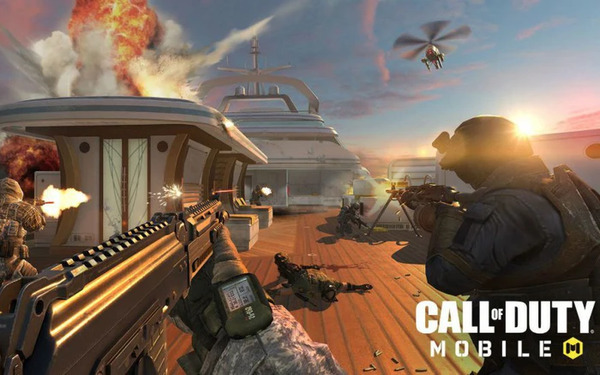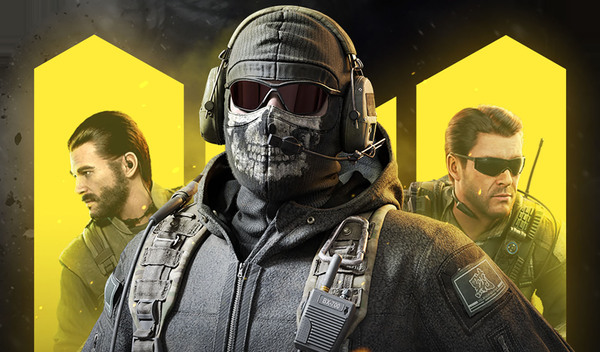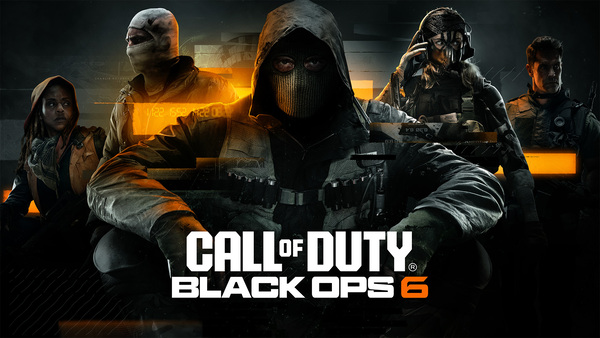Popular Now
Killstreaks have long been a defining mechanic in the Call of Duty (CoD) franchise, deeply influencing gameplay dynamics, strategic decision-making, and player satisfaction. Introduced in "Call of Duty 4: Modern Warfare," these powerful rewards revolutionized multiplayer gaming by introducing a risk-reward system tied directly to player performance. Over the years, killstreaks evolved into scorestreaks and took on a variety of forms, from basic UAVs to game-ending nukes. This article takes a deep dive into the history, design philosophy, player impact, and competitive implications of killstreaks in Call of Duty, chronologically tracing their journey and dissecting their transformation.
The Birth of Killstreaks in Modern Warfare (2007)
When Call of Duty 4: Modern Warfare released in 2007, it redefined FPS multiplayer with three simple but groundbreaking killstreaks: UAV (3 kills), Airstrike (5 kills), and Helicopter (7 kills). This system gave players short-term objectives and added tension to every engagement.

Simplicity and Effectiveness
The minimal set of killstreaks was intentional. Developers wanted to balance power with accessibility. By keeping options limited, the streaks were easy to learn but hard to master. These streaks rewarded players for surviving without breaking the game’s flow.
Tactical Shifts
Players began altering their playstyles to achieve killstreaks. Teams would sometimes protect one player to help them achieve higher streaks, changing the dynamic of multiplayer teamwork.
Expanding the Arsenal in Modern Warfare 2 (2009)
Modern Warfare 2 amplified the killstreak system by offering customizable streaks, with rewards ranging from the Predator Missile to the infamous Tactical Nuke.
Killstreak Customization
For the first time, players could choose their own killstreak rewards. This opened up strategy and personalization. Some players chose defensive tools like Counter UAVs, while others chased the 25-kill Tactical Nuke.
Tactical Nuke: A Double-Edged Sword
The Nuke was a 25-kill reward that ended the match. While thrilling, it also encouraged camping and sometimes disrupted balance. It became a badge of honor but also sparked debates about fairness.
The Rise of Scorestreaks in Black Ops II (2012)
Black Ops II brought a paradigm shift by introducing scorestreaks instead of killstreaks, rewarding objective-based play over pure kill count.
Encouraging Team Play
By rewarding players for capturing flags, planting bombs, and assisting teammates, scorestreaks pushed CoD toward more objective-centric gameplay. It minimized the dominance of lone wolves.
Complex Scorestreak Systems
Black Ops II offered a variety of streaks, from low-tier UAVs to high-impact VTOL Warships. Each came with a score threshold, making them more attainable for different playstyles.
Balancing Power in Advanced Warfare (2014)
Advanced Warfare tried to balance killstreak power with new futuristic mechanics like exo-movements and modular scorestreaks.

Exo Movements and Killstreak Risk
With players jumping, dodging, and sprinting rapidly via exosuits, the value of traditional killstreaks was challenged. Players were harder to hit, making high streaks riskier to achieve.
Customizable Scorestreak Modules
Players could enhance scorestreaks by spending more score—e.g., adding a missile barrage to a drone. This allowed deeper strategy but also introduced complexity that confused some casual players.
The Return to Simplicity in Modern Warfare (2019)
Modern Warfare (2019) rebooted the franchise and returned to the roots of killstreaks, doing away with scorestreaks and emphasizing lethal, direct-impact rewards.
Classic Philosophy
With familiar killstreaks like Chopper Gunner and Juggernaut, Modern Warfare (2019) rekindled nostalgia. It focused on visceral power and simplicity, mirroring the original Modern Warfare’s philosophy.
Map and Killstreak Synergy
Map design in 2019 was criticized for encouraging camping, and the return of killstreaks arguably worsened this. Players often prioritized survival over engagement to chase their streaks.
Warzone’s Unique Killstreak Economy
Call of Duty: Warzone introduced a battle royale twist to killstreaks by removing performance-based acquisition. Instead, players buy killstreaks using in-game currency.
Purchasing Killstreaks
Players can buy UAVs, Precision Airstrikes, and Cluster Strikes from Buy Stations. This removed killstreaks from performance dependency, focusing instead on economic resource management.
Strategic Deployment
The choice to use a UAV early vs. saving for a late-game Airstrike introduced tactical layers. Killstreaks became part of map control and timing strategies.
Cold War and the Cooldown System (2020)
Black Ops Cold War sought to balance accessibility and skill by introducing cooldowns for scorestreaks, meaning players couldn’t repeatedly earn the same streaks quickly.

Cooldown Balancing
Even if players were exceptionally skilled, streaks had a timer. This created fairness but frustrated some players who felt punished for being good.
Skill-Accessible Rewards
The streak system allowed even average players to achieve meaningful rewards over time, keeping them engaged and leveling the playing field.
Vanguard and Killstreak Fatigue (2021)
Call of Duty: Vanguard’s killstreak system saw criticism for its lack of innovation and lackluster implementation amid a WWII setting.
Underwhelming Killstreaks
Vanguard’s WWII-themed killstreaks, like Attack Dogs and Flamethrower, lacked the punch or flair of previous titles. Some felt the design was uninspired.
Redundancy and Repetition
Many players experienced fatigue. The formula of UAV -> Bombing Run -> Attack Dogs felt stale. There was little experimentation or evolution.
Modern Warfare II (2022) and Killstreak Flexibility
Modern Warfare II (2022) allowed players to toggle between scorestreaks and killstreaks in loadouts, giving ultimate freedom in playstyle.
Hybrid System
Players could switch depending on their comfort. Objective-focused players used scorestreaks, while slayers went for killstreaks. It was a smart design compromise.
Rebalanced Classics
Iconic streaks like the SAE, Juggernaut, and Chopper Gunner returned with modern effects, enhancing immersion and tactical depth.
Killstreaks in Ranked and Esports: A Strategic Controversy
In Call of Duty League (CDL) and Ranked Play, killstreaks are often disabled due to their potential to unbalance competitive play.
Why Killstreaks Are Banned
In esports, consistency and fairness are paramount. Killstreaks can snowball matches, turning a small lead into a decisive victory. Hence, they are often excluded.
Community Split
Some competitive players believe limited streaks could be viable if balanced carefully, while purists argue streaks inherently compromise fairness and should remain out of ranked play.

Conclusion
Killstreaks in Call of Duty have evolved from simple rewards into complex gameplay-defining mechanics. What started as a basic three-tier system has grown into a versatile arsenal of strategic tools, balancing accessibility and skill. From the height of Tactical Nukes in Modern Warfare 2 to the tactical economy of Warzone and the flexibility of Modern Warfare II (2022), killstreaks have mirrored the growth and experimentation of the CoD franchise. Their role in casual, competitive, and battle royale modes continues to stir debate, proving their enduring influence. As the series moves forward, the challenge remains: innovate without losing the core thrill of domination from above.

















